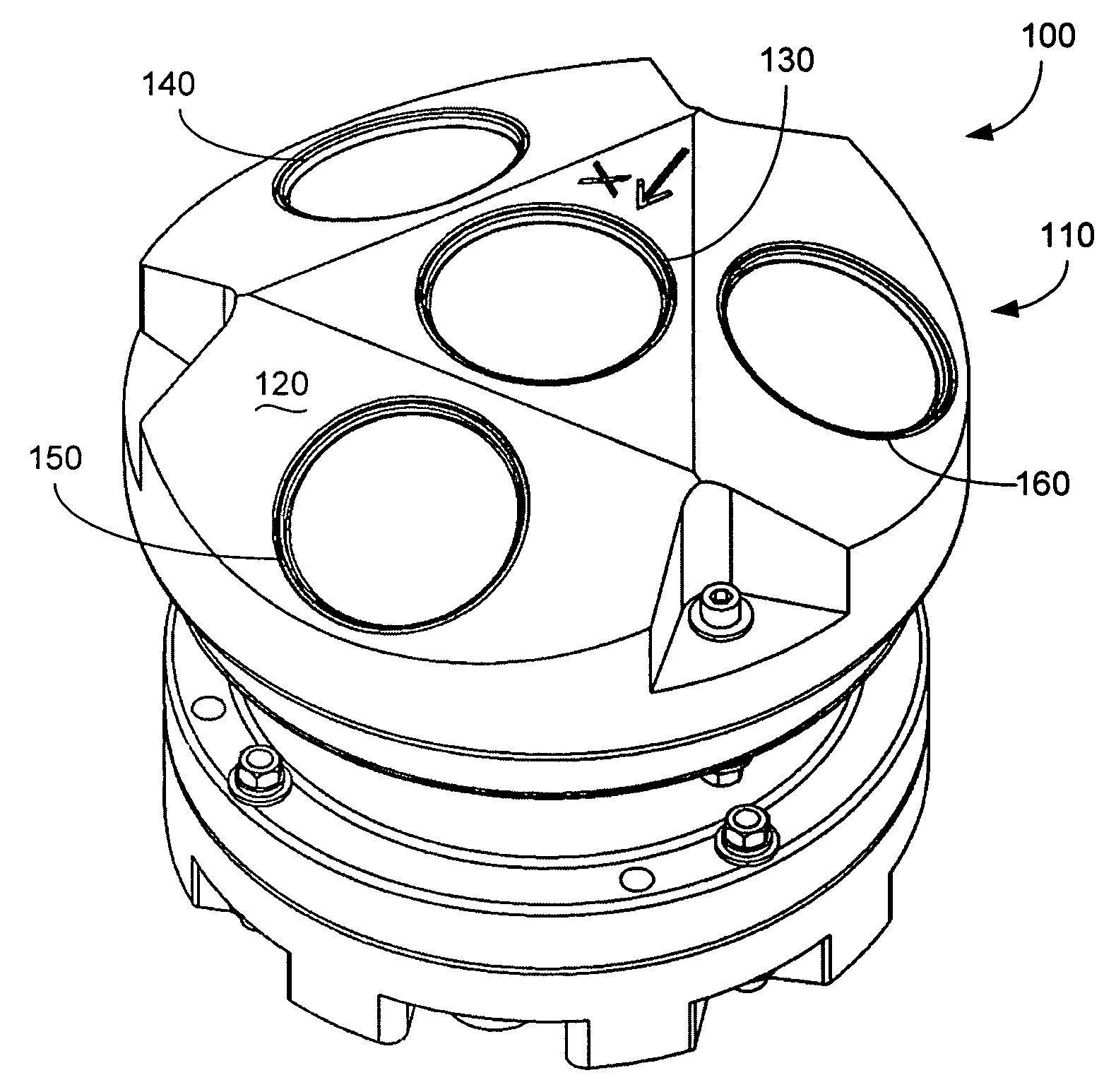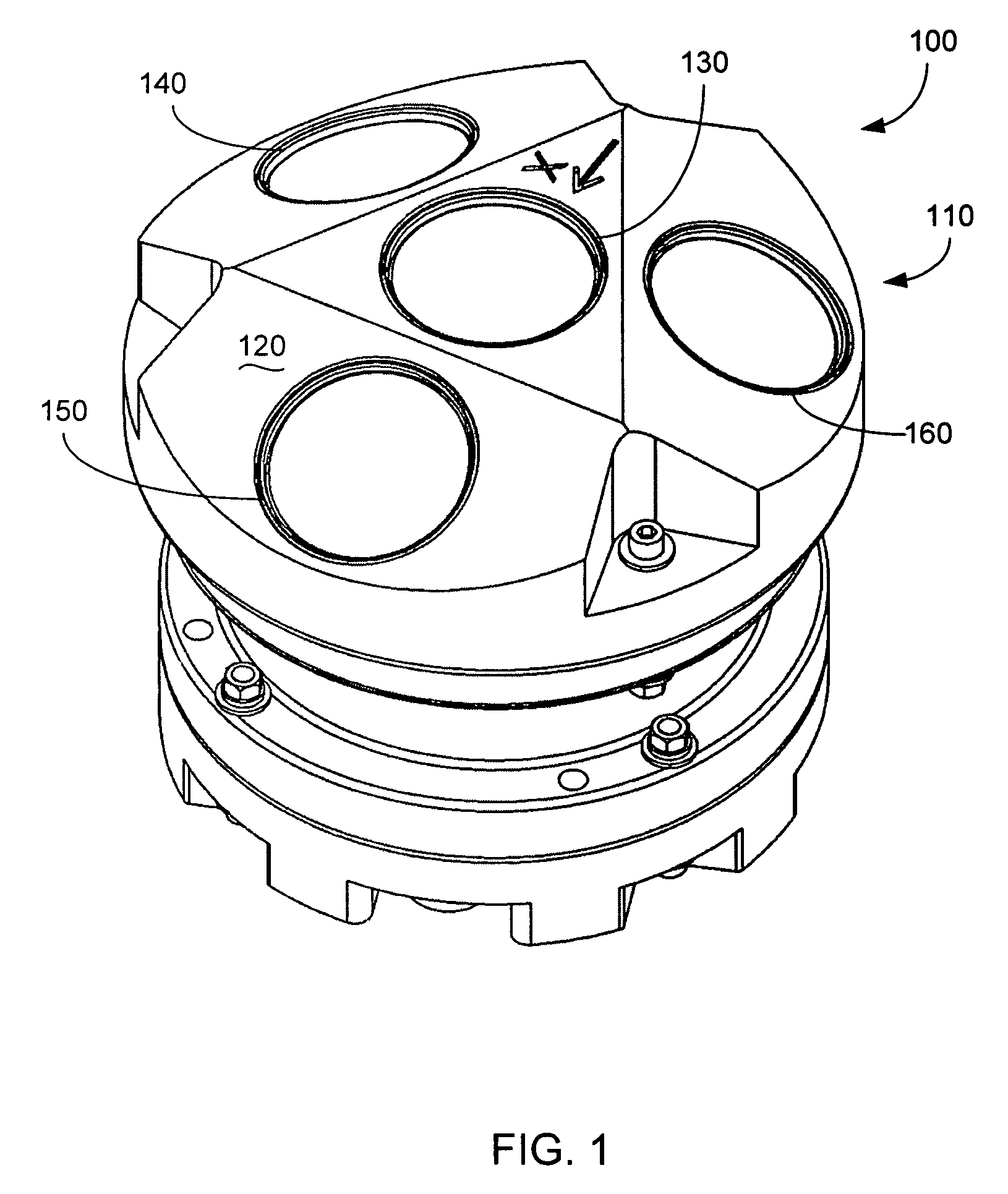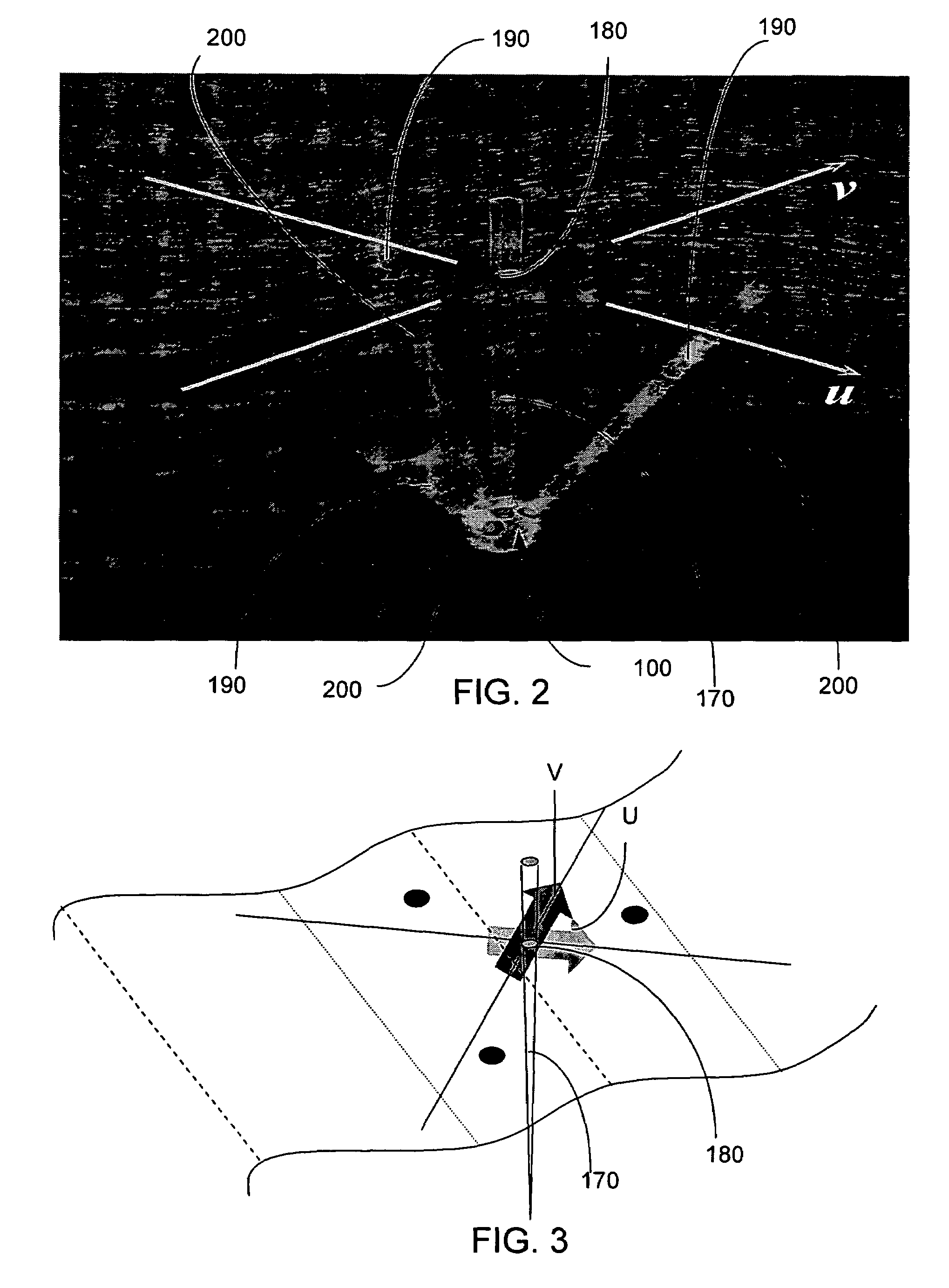The challenge of measuring currents and waves is that the environment itself is not particularly favorable for in situ measurements.
The most challenging aspect of the measurement requirements is that the instrument must be on site measuring waves on a regular schedule for extended periods of time.
Exposure to a harsh
ocean environment is therefore unavoidable and represents one of the clear challenges of measuring waves.
Determining wave direction characteristics is more complex and requires a
system of measurements.
The exact manner in how this behaves is well described in linear wave theory but remains complex enough to trouble most newcomers to wave measurements.
Wave staffs are an accurate instrument, but are not practical in most measurement scenarios.
An example of the impracticality is in coastal waters where the depths are greater than a few meters.
Here it is not realistic to have a
rigid structure that can both
handle the tough environment as well as small enough to not influence the waves themselves.
The structure influences the waves and this compromises the accuracy of the measurement.
How they do this is a little more complicated and varied.
This is primarily attributed to the fact that for many years there was no other practical solution that could withstand the harsh
ocean environment.
However, wave buoys are not immune to the environmental conditions and the fact that buoys are deployed on the ocean's surface has taken its
toll on buoys over the years; where storms, fishermen, and shipping traffic account for most of lost buoys.
The added physical demands (space and weight) of these other functions often lower the resonant
frequency response of the
buoy, and therefore complicate the
buoy's ability to respond to
wave motion.
The result is a poorer description of wave characteristics.
Although the PUV method has many advantages, there exists a significant depth limitation for its performance.
The deeper the PUV instrument is positioned in the water, the lower this frequency limit becomes.
The difficulty most engineers and scientist have with understanding this depth limitation is that there is not a unique depth at which the performance will
cut off.
The limitation arises from the fact that both the quantities being measured (pressure and velocity) attenuate exponentially with depth and the rate at which the attenuation occurs depends on the
wavelength.
This is an inverse problem and therefore necessitates special treatment.
In addition to the limitation imposed by the attenuation of the wave properties, there is another frequency limitation that is associated with the spatial size of the array itself.
A complication is that this approach no longer measures the orbital velocities at one location but in three or more spatially separated locations.
The array of
Doppler measurements is mathematically more complicated since each of these cells has a unique orientation relative to the incident waves and therefore a unique response.
The complexity of the solution lies in the fact that the direction of the waves is not known beforehand and the response of the measurements are directionally dependent.
The stated problem again is an inverse problem, which is why the MLM is used.
This can be further complicated if the measurement array is overpopulated with several measurement locations, some of which having high coherence with one another.
The inversion process becomes increasingly unstable when the described situation occurs.
The number of
degrees of freedom resulting from measurements at several different locations (due to platform motion) would increase to a point where the MLM approach would be either unstable or computationally prohibitive.
In summary, the MLM solution is an accurate solution; however, it is complex and the various limits of its use must be well understood prior to implementation.
Unfortunately, there remains a
depth dependent upper frequency limit for these instruments as well.
This upper frequency limit becomes more restrictive as the instrument is positioned at greater depths and the measurement positions become more separated in space.
Deployments in greater depths lead to larger separation distances.
As a result this limits Doppler profilers to the measurement of only long waves (
low frequency) or deployments in coastal depths.
The constraints imposed by the relationship between array size and
wavelength not only effects the upper frequency limit of the directional wave solution but also the upper frequency limit of the non-directional solution.
The resulting effect of this is usually an underestimation of the true
wave height.
The method is still limited to
low frequency waves and therefore it remains a viable option for relatively shallow deployment depths in the
water column.
The problem with measuring wave orbital velocity is that the approach requires a computational intensive solution known as the Maximum Likelihood Method (MLM) to estimate the directional distribution.
The second limit is that the wave directional
processing method, the MLM, requires measurements on a stationary platform so that the velocity measurements are made at a repeatable location during the ensemble measurement cycle.
Therefore, the current profiler using MLM
processing can not be placed on a moving platform such as a subsurface
buoy.
 Login to View More
Login to View More  Login to View More
Login to View More 


